Wolfgang Beltracchi in ‘Beltracchi: The Art Forgery’, Source: Beltracchi: The Art Forgery. KimStim
3 of the Biggest Art Market Scandals
From a handicraft merchant masquerading as a poverty-stricken aristocrat to fake Rothkos - here are 3 art scandals that shook the art world.
The opaque and unregulated art market has often been a breeding ground for art fraud and forgeries. Whilst different techniques can be employed to identify fakes, skilled arts forgers are capable of imitating the styles of prolific artists with such faithful duplicity that, at times, even the best arts experts cannot tell the difference between a well-executed fake and an authentic original. From a handicraft merchant masquerading as a poverty-stricken aristocrat to the $60 million Knoedler New York gallery forgery ring - here are three scandals that shook the art world.
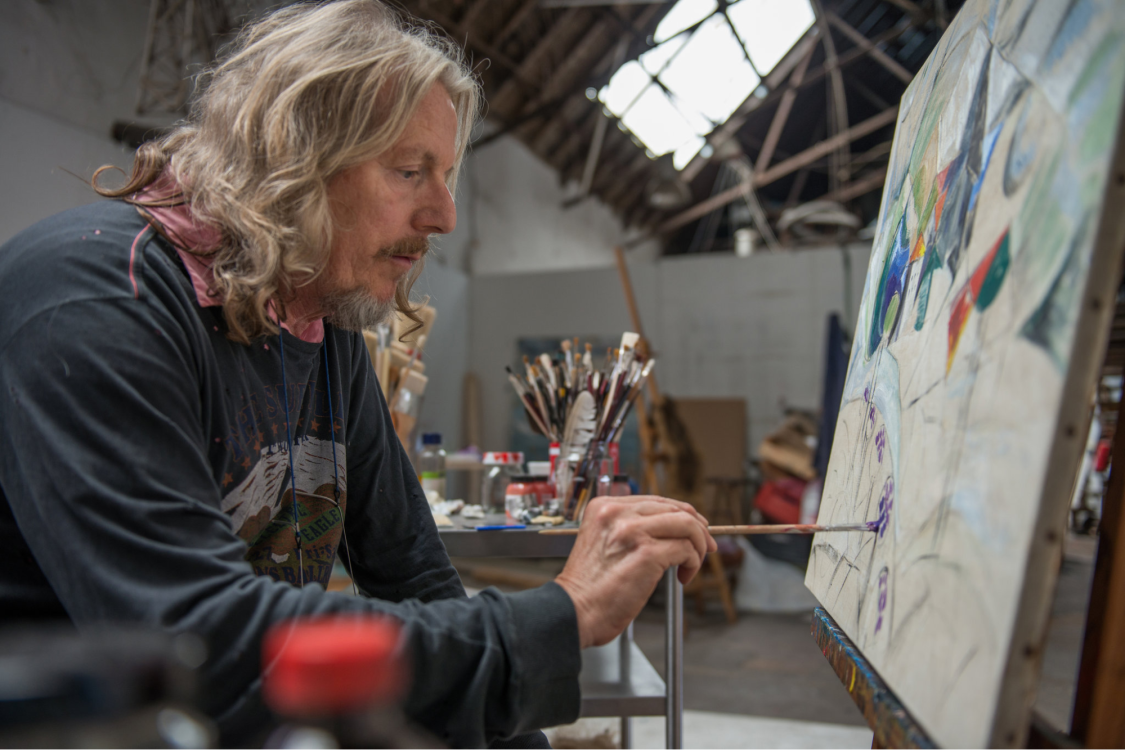
1. Wolfgang Beltracchi
From 1965 to 2010, Wolfgang Beltracchi and his wife and accomplice Helene conned the art world with a series of forged artworks impersonating famous 20th-century Expressionists and Surrealists including Max Ernst, Fernand Léger, Heinrich Campendonk and Kees van Dongen.
Beltracchi admitted to forging over 300 artworks during his lifetime, some of which were later hung on the walls of major museums. The forged works are said to have cumulatively generated around $100 million in sales profits for the duo, making it one of the most lucrative art fraud scandals in post-war history.
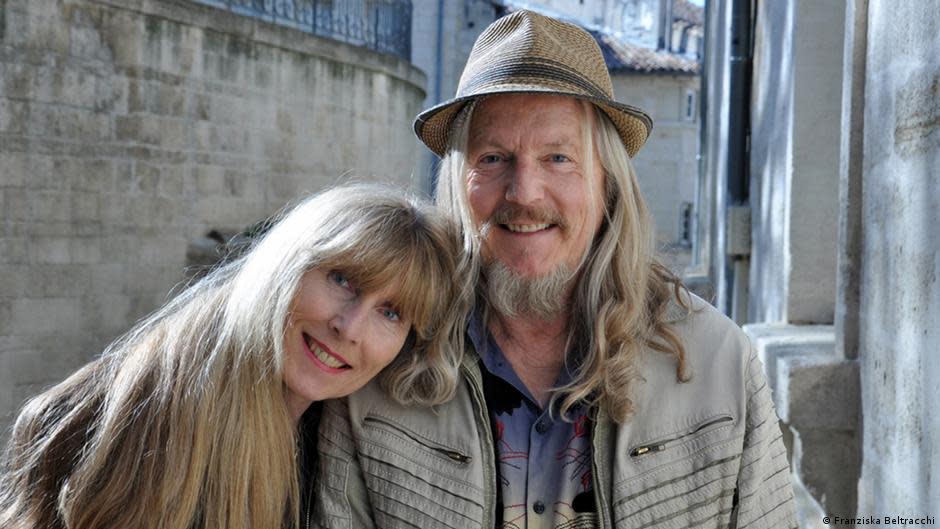
The son of a muralist and art restorer, Beltracchi was an avid painter from a young age; he forged a Picasso painting when he was just 14 years old and later had one of his forged works hung in a show at the Metropolitan Museum of Art in New York.
Every detail of the deception was meticulously thought through. Beltracchi created pastiches rather than copies, anticipating the kinds of works artists could have created whilst tactfully addressing gaps in the artists’ catalogs. He sourced old frames from vintage flea markets, always validating their sources first to avoid anachronisms. He stuffed dust into the gaps of the frame, and even sent off paint samples to be chemically lab-tested to ensure that they were available during the artist’s time.
Beltracchi also had a convincing backstory. Helene’s grandfather was said to have concealed his art collection in his estate to protect against Nazi looting - or at least, that’s how the story goes. Helene and Wolfgang wielded this narrative to their advantage, providing a believable rationale for how they’d come into possession of the never-seen-before works.
To lend further credibility to the forged work’s fictional provenance, the duo even faked vintage photographs of the artworks in the family's estate with Helene posing as her grandmother next to one of the paintings.
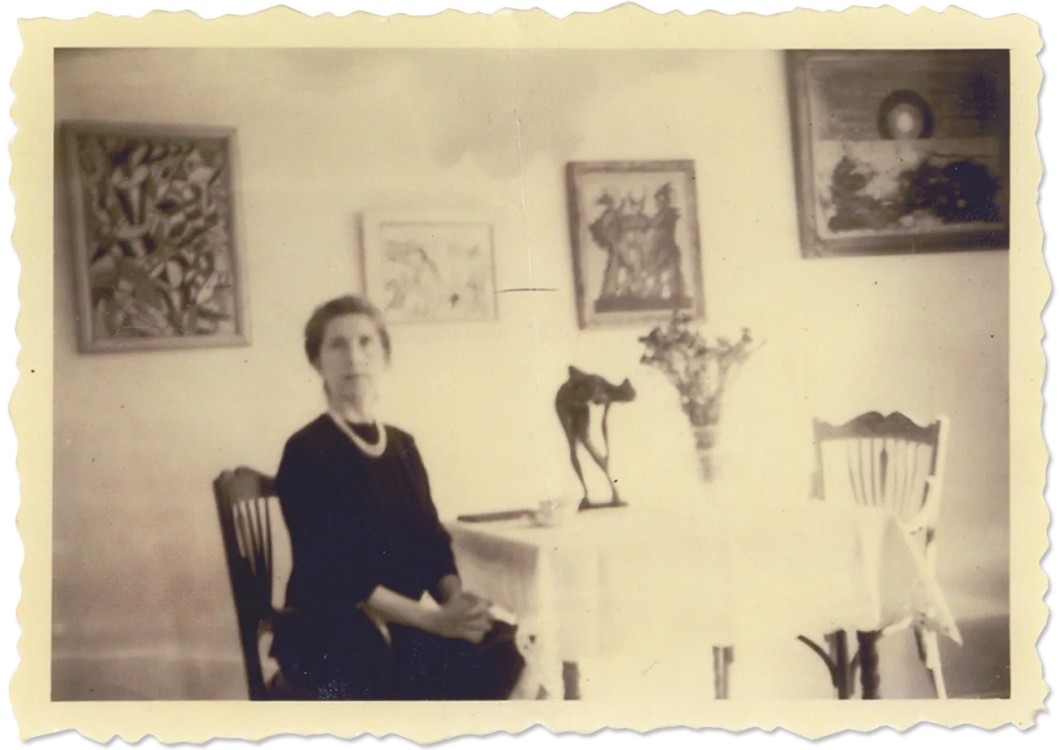
In 2008, the new owners of a forged Heinrich Campendon had the painting authenticated by a forensic specialist who identified that the work included titanium white; a pigment which was not yet in use in 1914, the year the work was allegedly created.
Several works from the collection were subsequently examined and Beltracchi was finally unmasked as the con artist behind the art scam. In 2011, following a forty-day trial, Beltracchi was found guilty and sentenced to six years in prison. His wife Helana was sentenced to four.
2. Elmyr de Hory
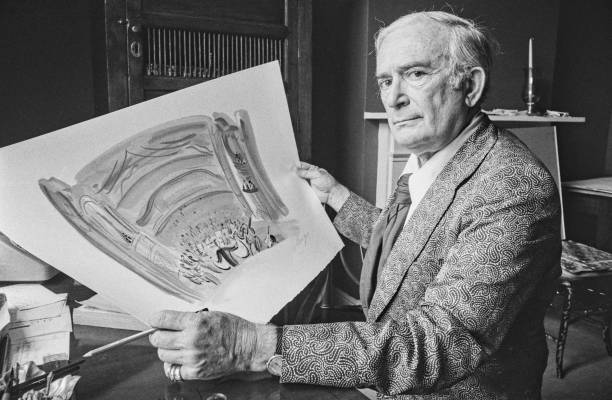
Elmyr de Hory was a struggling artist from Budapest with an aptitude for imitating Modernist masters. He forged over one thousand artworks during his thirty-year career, many of which remain undetected in museums and private collections.
De Hory’s penchant for artifice began in his younger years, during which he was ten-times convicted of fraudulent crimes spanning across several European cities, including counterfeiting documents, check fraud and claiming multiple fake identities.
De Hory studied classical painting in Munich before moving to Paris in the 1920s to work under the painter and sculptor Fernand Léger. However, his Expressionist style was soon eclipsed by the emergence of more fashionable movements of the time such as Abstract Expressionism and Cubism.
Following the economic devastation of the Great Depression, De Hory struggled to make ends-meet, and in the wake of World War II he abandoned selling his own works in favor of pursuing his more profitable talents as an art forger.
In the following years De Hory resided in New York and began imitating works by the likes of Picasso, Matisse and Modigliani, selling them off to museums and private collectors. Despite being registered as a handicraft merchant in the Budapest registry, he created a new alter-ego for himself in the US as a diplomat’s son of aristocratic descent.
A charming yet elusive man with a grandiose demoire, he befriended the rich and the famous, having them believe he was an impoverished aristocrat needing to part with cherished artworks from his private collection.
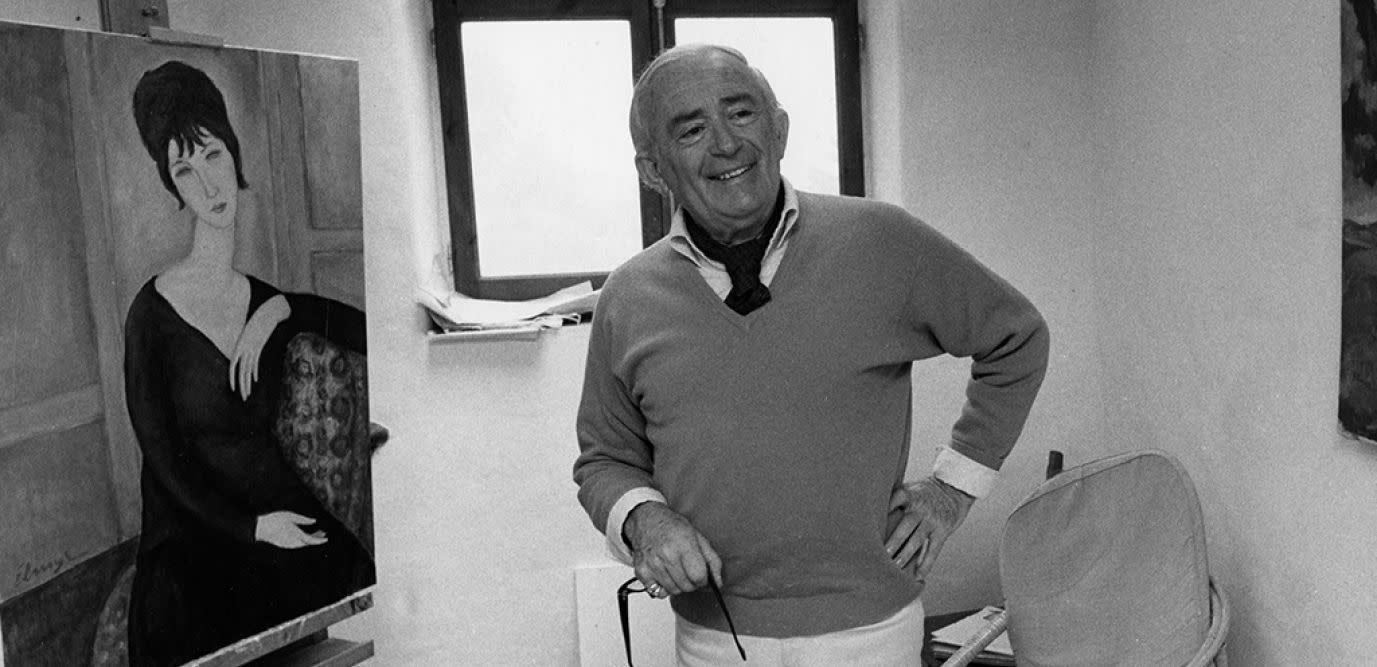
What started as a side hustle turned into a fully-fledged business enterprise after De Hory formed a partnership with a shady art dealer named Fernand Legros, who would soon begin selling De Hory’s forgeries internationally for a 40% cut. In 1967, Legros was accused of selling one of De Hory’s fakes after it was discovered that the paint was not completely dry. Legros was sentenced to jail and the scandal was brought to public attention.
In 1969, Clifford Irving wrote his biography Fake! The Story of Elmyr de Hory the Greatest Art Forger of Our Time; five years later a documentary was made about De Hory’s life. Today, his elusive past as a con artist has only added to his intrigue and his fakes have since become highly sought after collectibles in and of themselves.
3. The Knoedler Forgery Ring
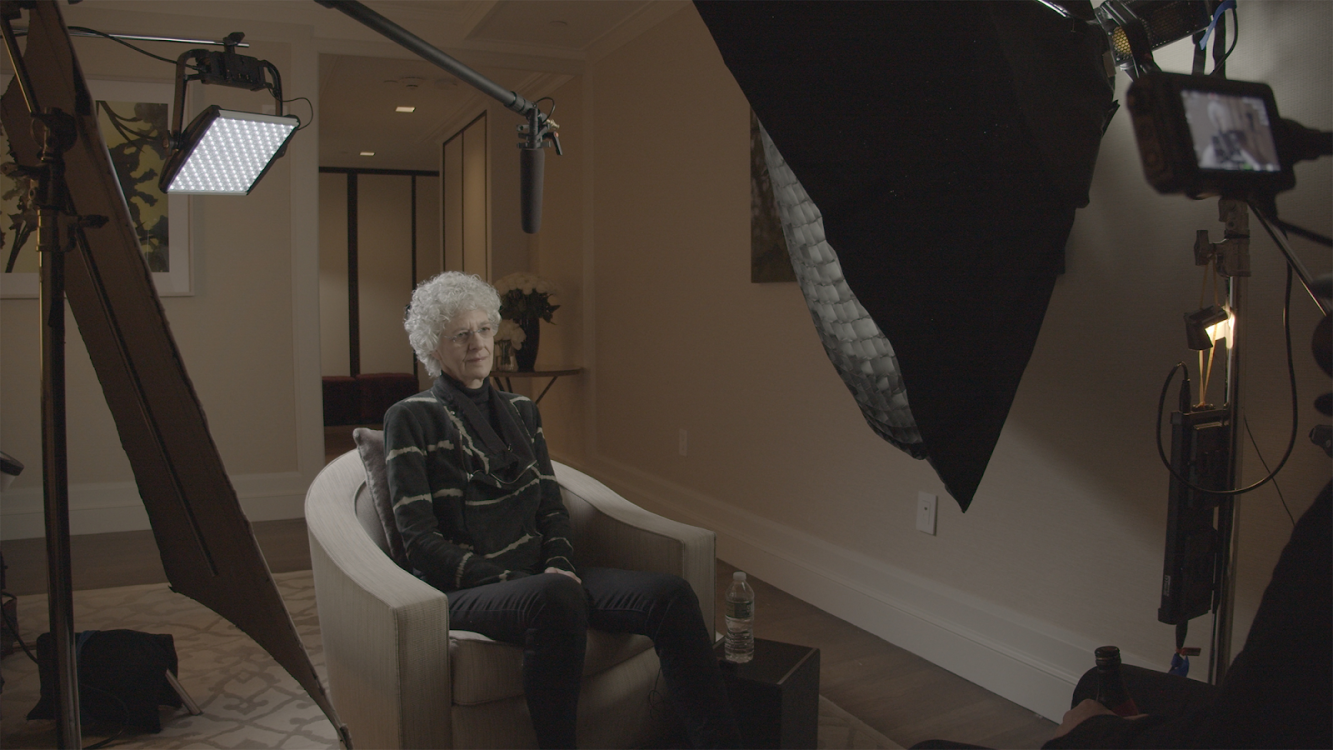
If you haven’t already seen the Netflix documentary ‘Made You Look’, the film chronicles the demise of New York’s prestigious Knoedler Gallery, which closed down in 2009 after multiple lawsuits involving art fraud.
The art world was shocked when news of the scandal broke. The Knoedler gallery was one of New York’s oldest galleries with over 150 years of operating history. It transpired that Ann Freedman, former director at the gallery, had facilitated the sales of a series of fake paintings purporting to be created by leading abstract expressionists such as Mark Rothko, Jackson Pollock, Richard Diebenkorn and Robert Motherwell.
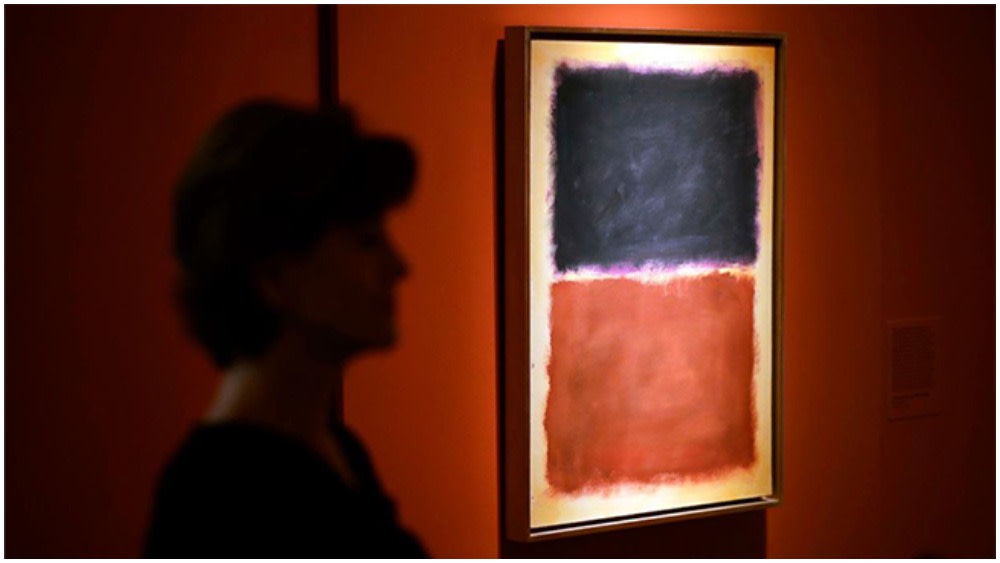
The works were presented to Freedman by the art dealer Glafira Rosale who claimed that she’d acquired the paintings from an unknown collection of 20th-century American masterworks belonging to a collector known mysteriously as Mr. X. The works had never been seen before, and no documents existed detailing their previous ownership or sales history.
The artist behind the fake 20th-century masterworks was Chinese painter and skilled forger Pei-Shen Qian, who allegedly created the counterfeits in his New York garage. Quian was not only able to skillfully imitate the styles of the artworks with uncanny technical and artistic precision but was also able to create a semblance of age by soiling the works with dirt and tea.
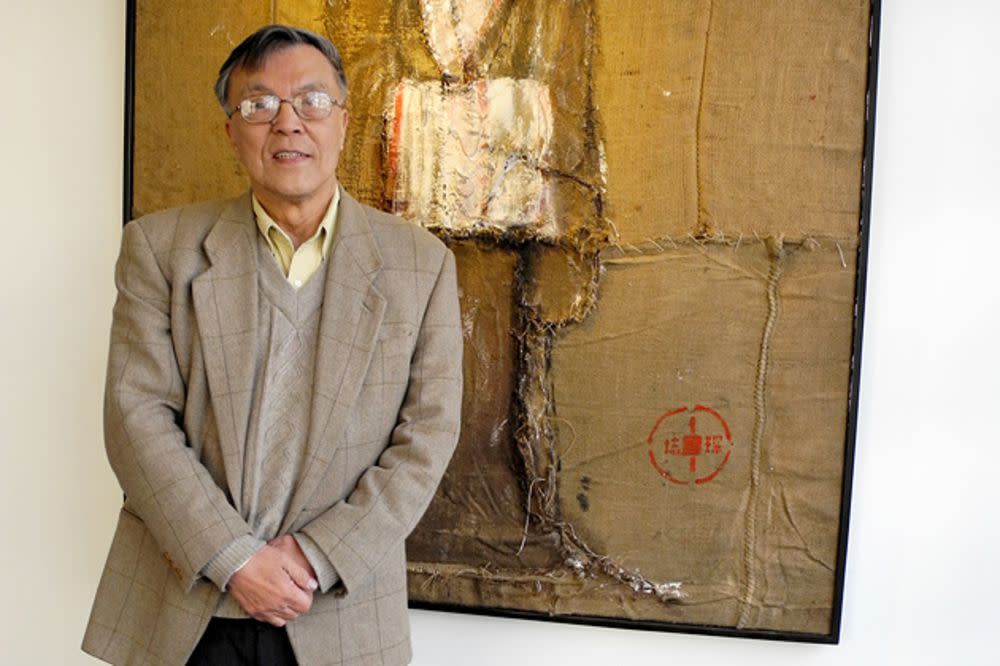
The fraudulent works accumulated more than $60 million in sales revenue for the gallery and deceived some of the art world’s most high-profile experts, collectors, and arts professionals, including the chairman of Sotheby's Dominico de Sole who purchased one of the fake paintings for himself. Freedman herself maintains that she was unaware that the works were fakes and that she was as much a victim of Rosale’s deceit:
“It was credible, to me. I believed what I was told. There was a mystery, but there’s often mystery in provenance. I hoped to solve that mystery as time went on.” (Made You Look, 2020)
Freedman resigned from her post in 2009 after over 30 years of working at the gallery. Although the scandal ruined Freedman’s reputation in the art world, she continued to pursue her passion for selling art and set up a gallery of her own, FreedmanArt, in 2011.
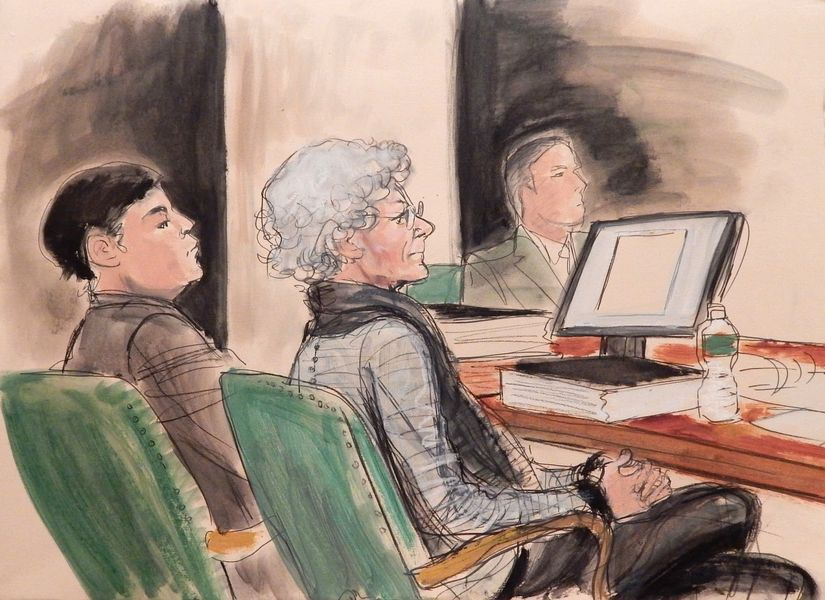
Whether or not you think that these fraudsters are criminals or creative geniuses, there is no denying that art scandals such as these have come at the expense of the reputation of arts professionals, eroding trust between buyers, sellers and institutions.
It is clear that the arts industry lacks a reliable infrastructure that would permit stakeholders to track the ownership and provenance of artworks.
At Verisart we have been pioneering global technological solutions within the art market since 2015. We allow creators, artists and galleries to certify and verify artworks and collectibles in real-time. Those certificates are linked to a time-stamped provenance record and stored in a permanent, decentralized and anonymous ledger on the Bitcoin blockchain.
Each certificate is unique, verifiable and permanent, Verisart significantly reduces the scope of fraud and forgery. Our aim is to increase trust and liquidity in the global art market by bringing transparency and uniformity to certification and verification of artworks and collectibles.
References:
Avrich B., Hood M., (2020) Made You Look. Melbar Entertainment Group.
Birkenstock A., (2014) Beltracchi: The Art of Forgery. Fruitmarket Kultur und Medien
Irving C., (1969) Fake! The Story of Elmyr de Hory the Greatest Art Forger of Our Time. McGraw-Hill
Kazakina K., (2016) Sotheby's Chairman De Sole Settles Suit Over Forged Rothko. Bloomberg